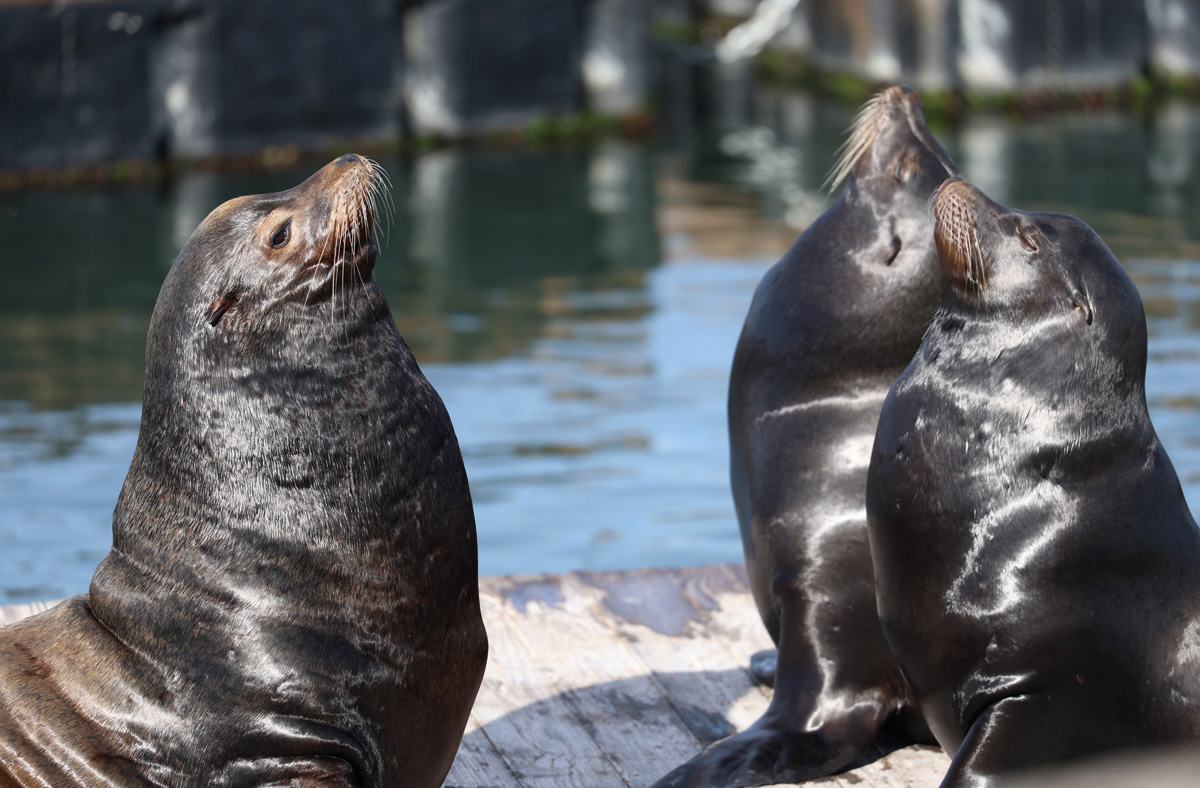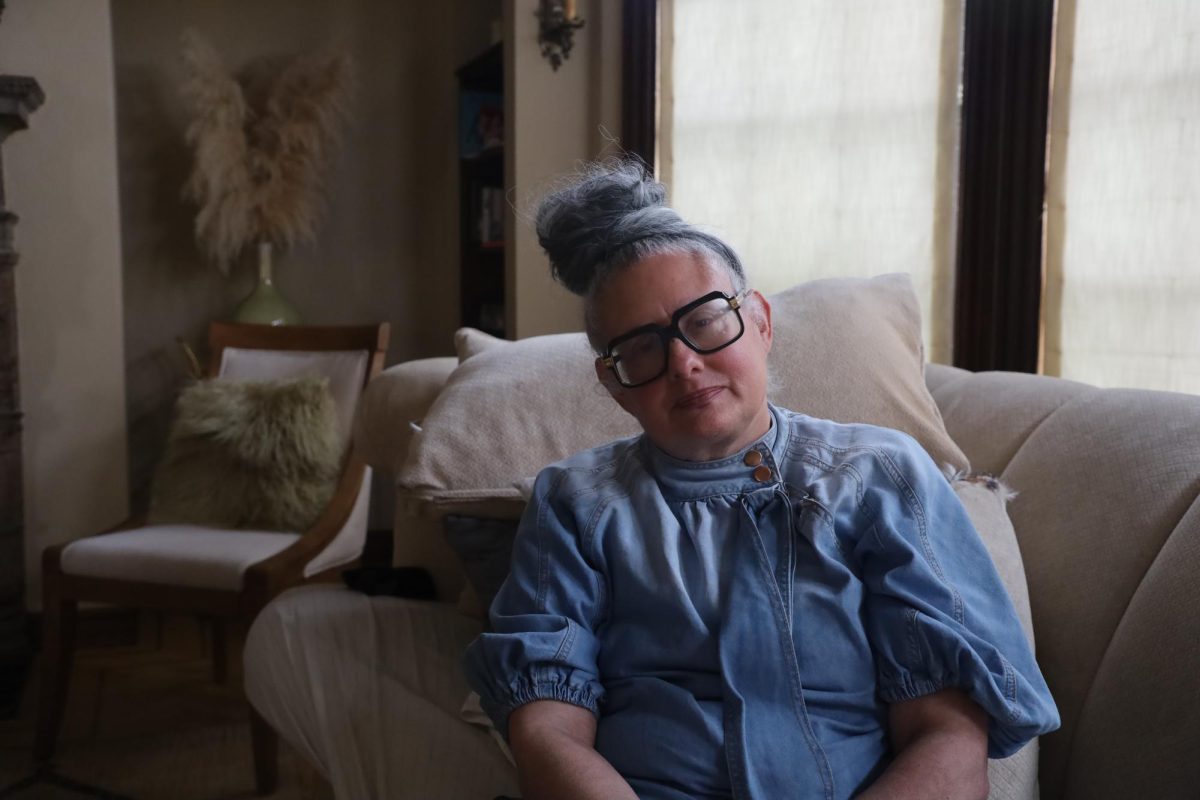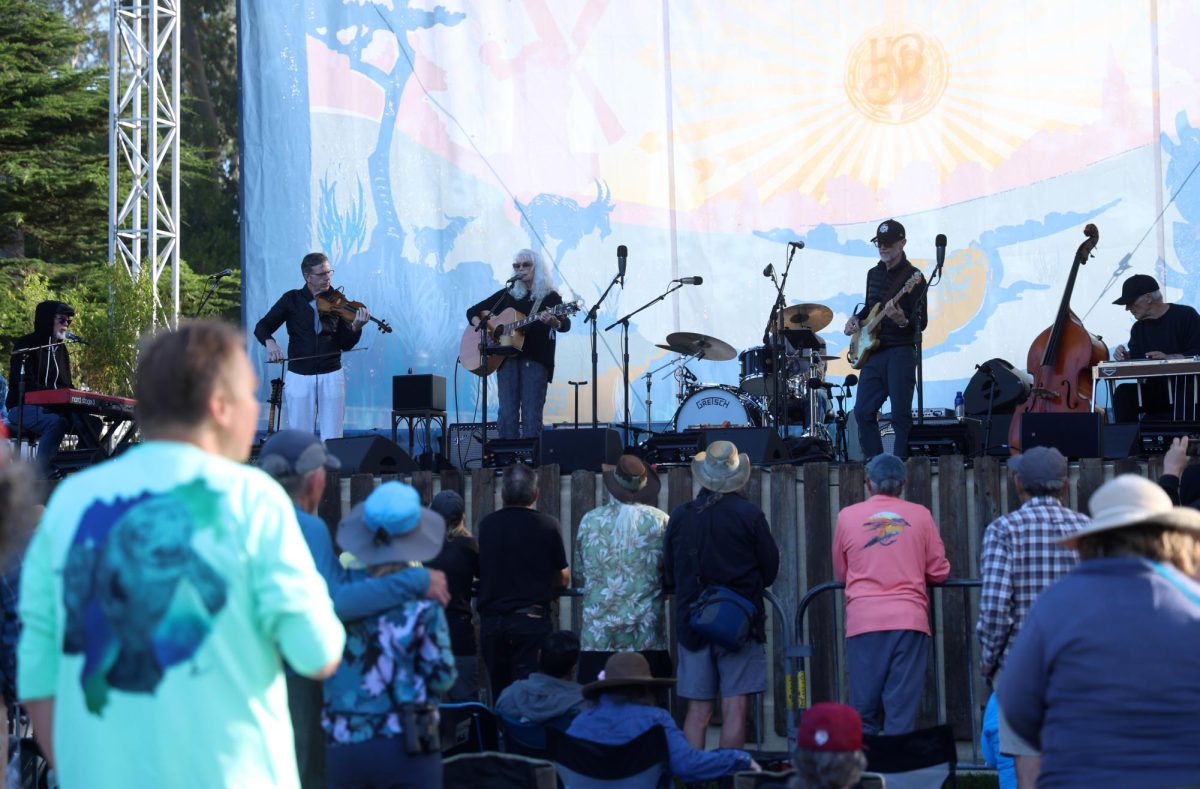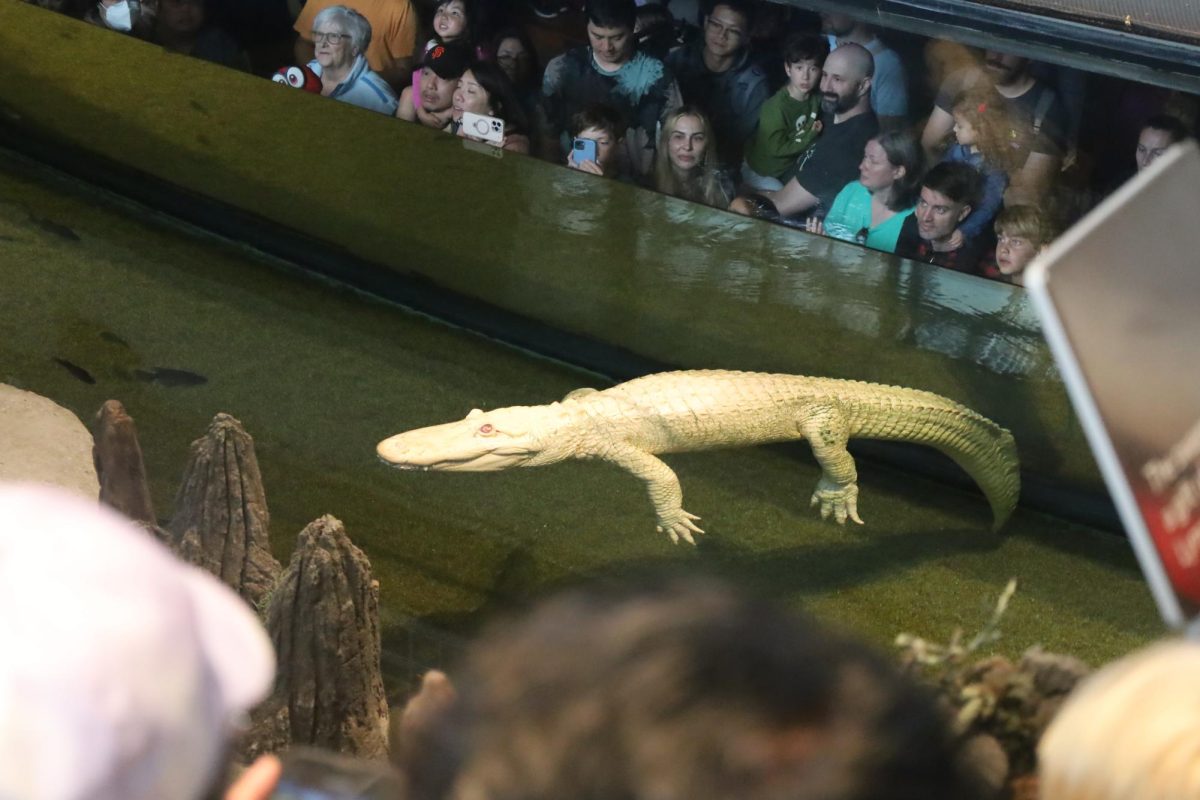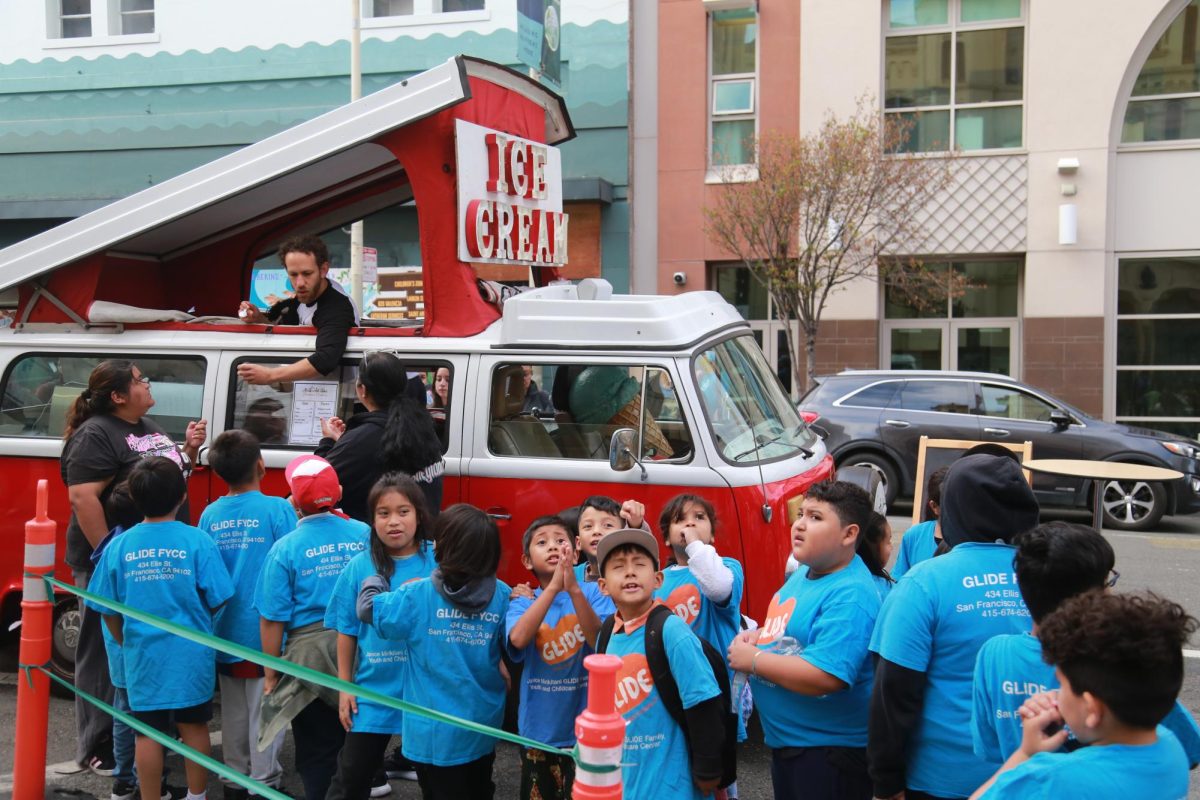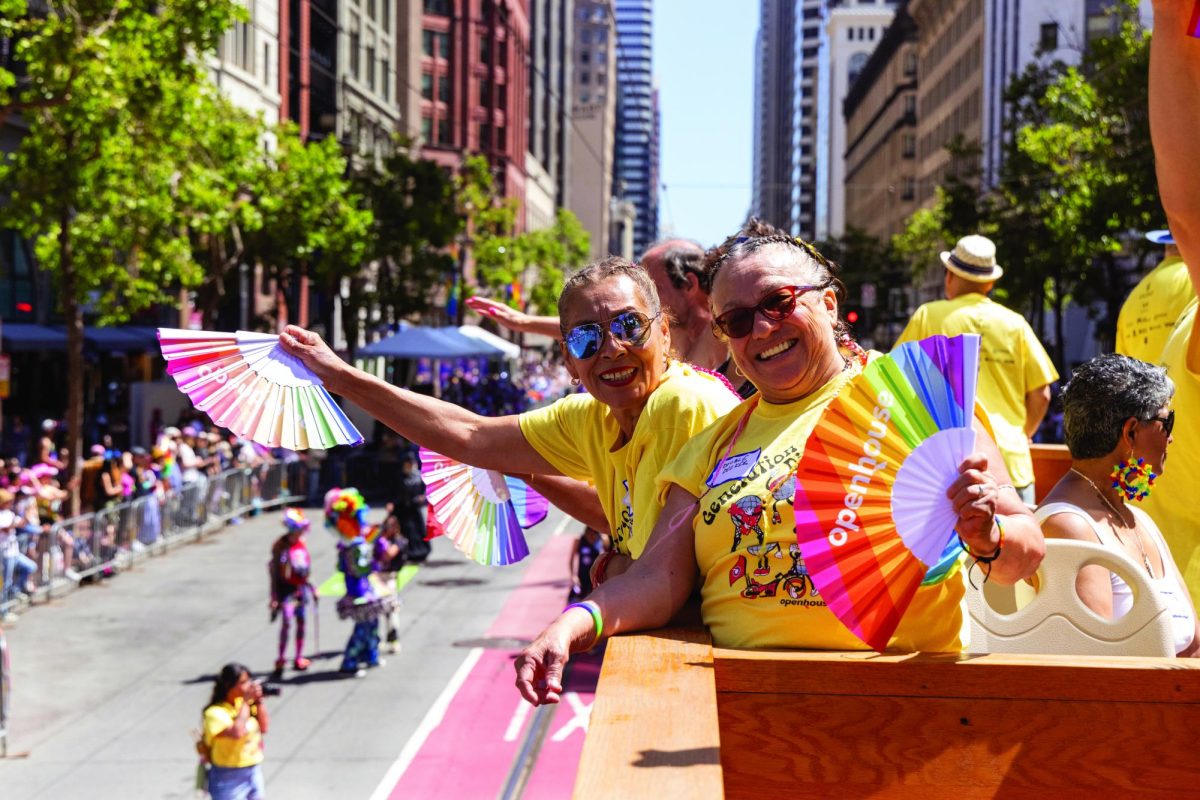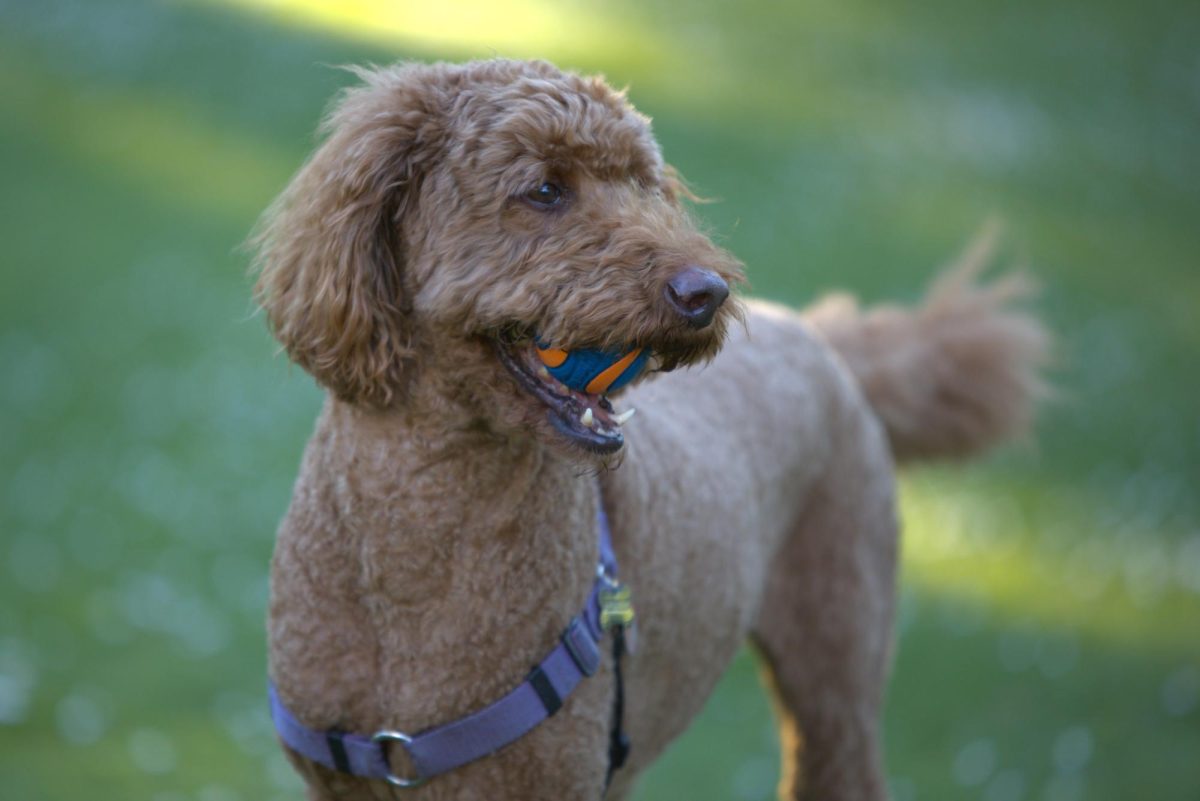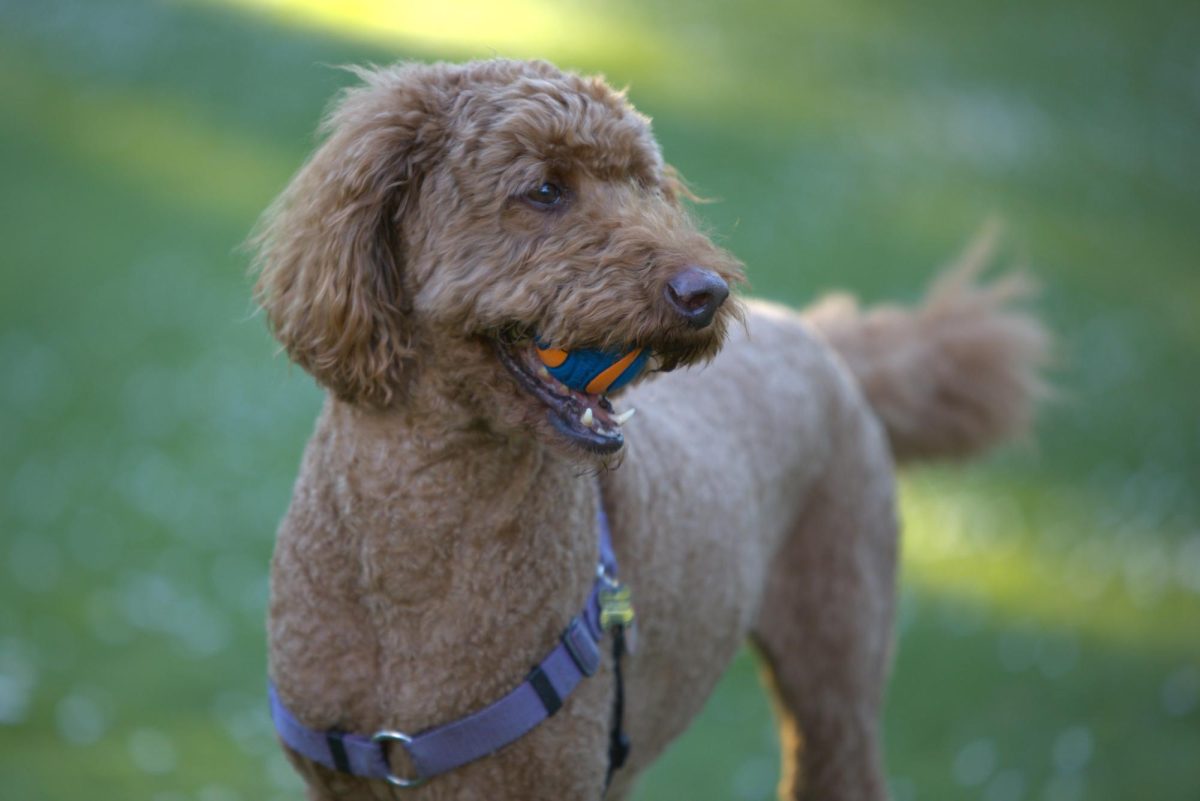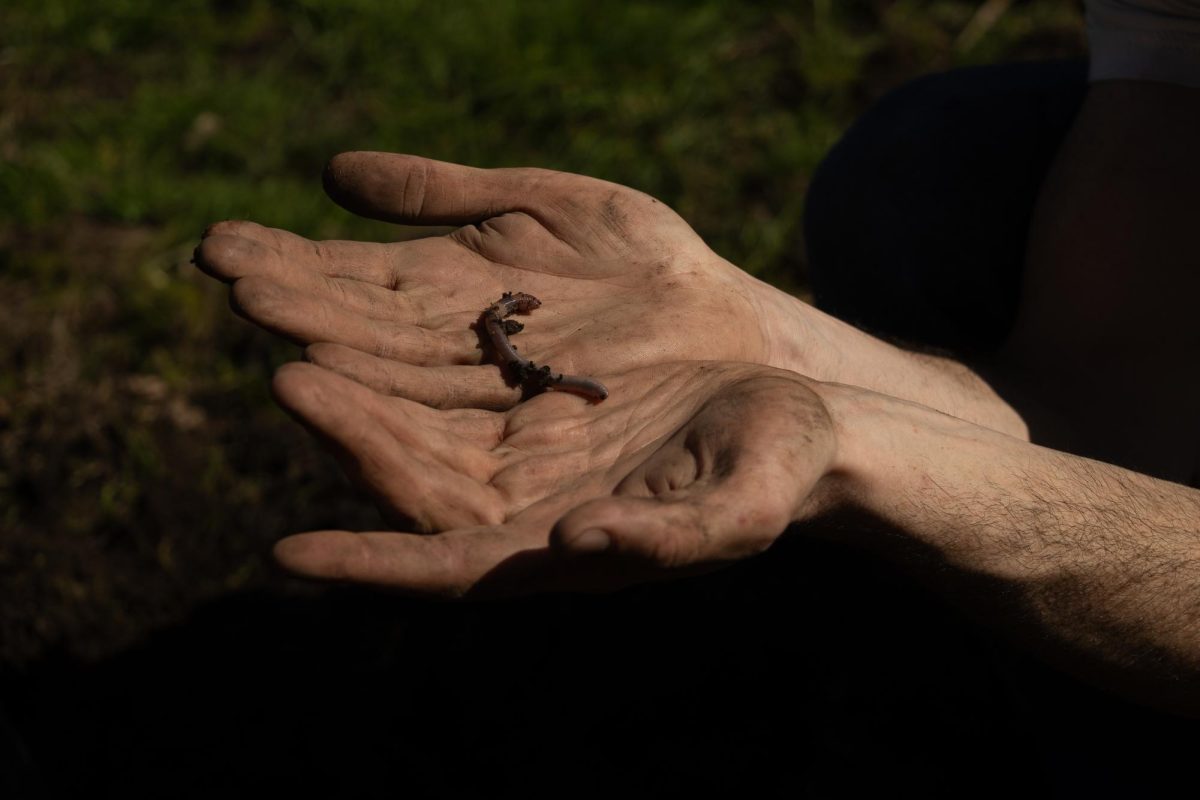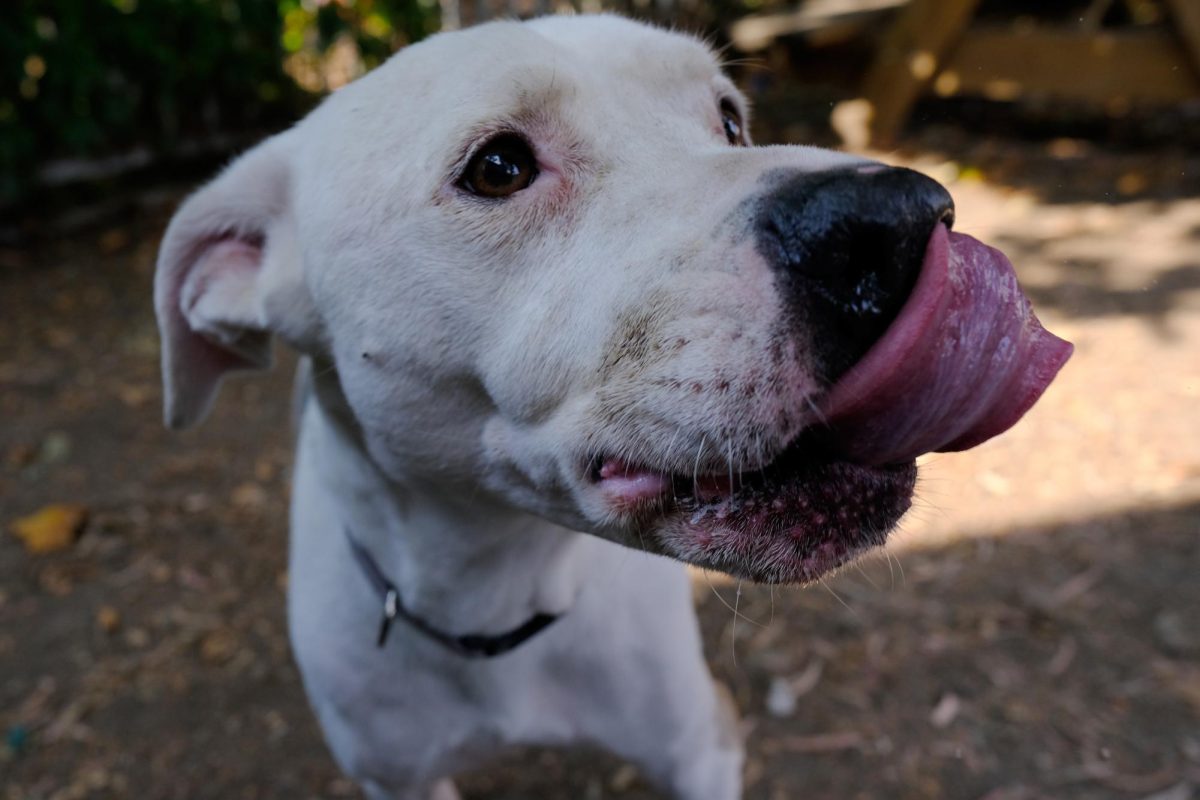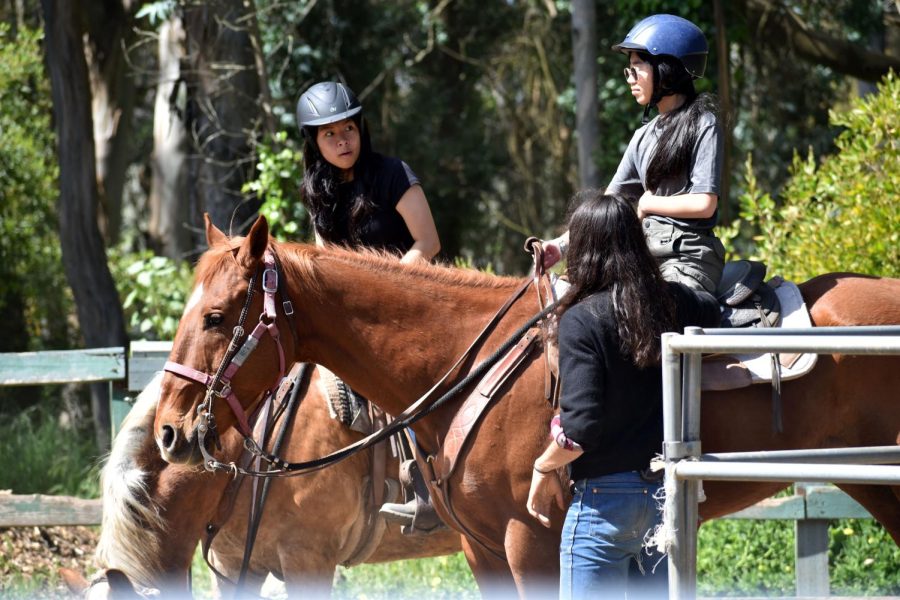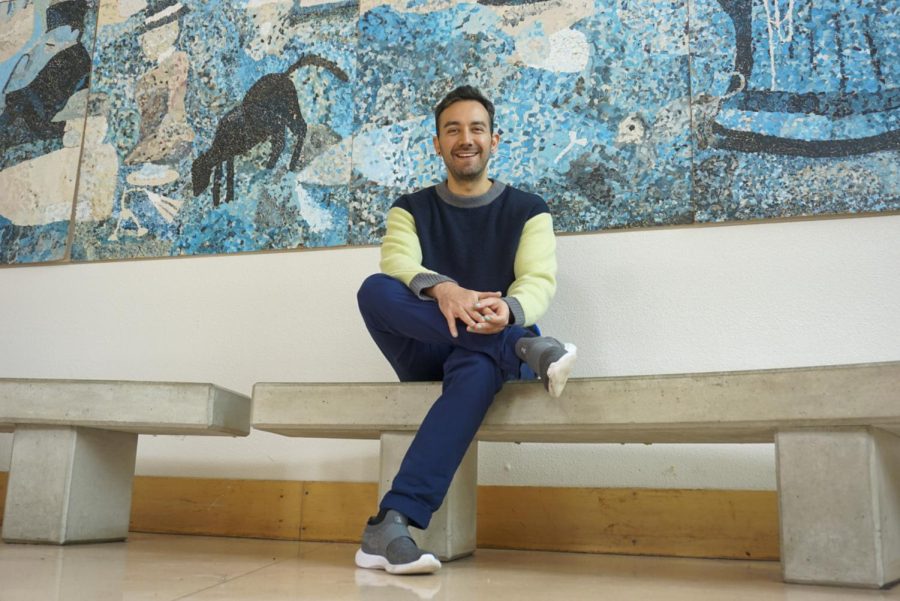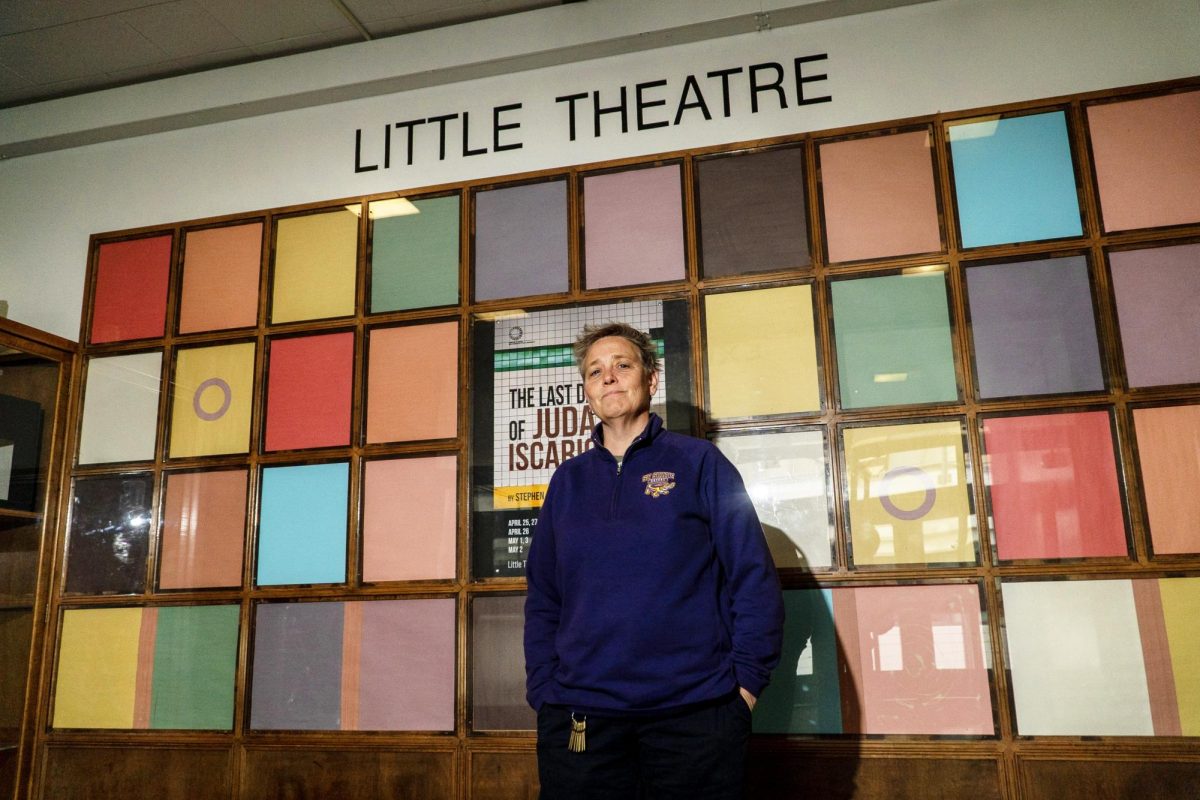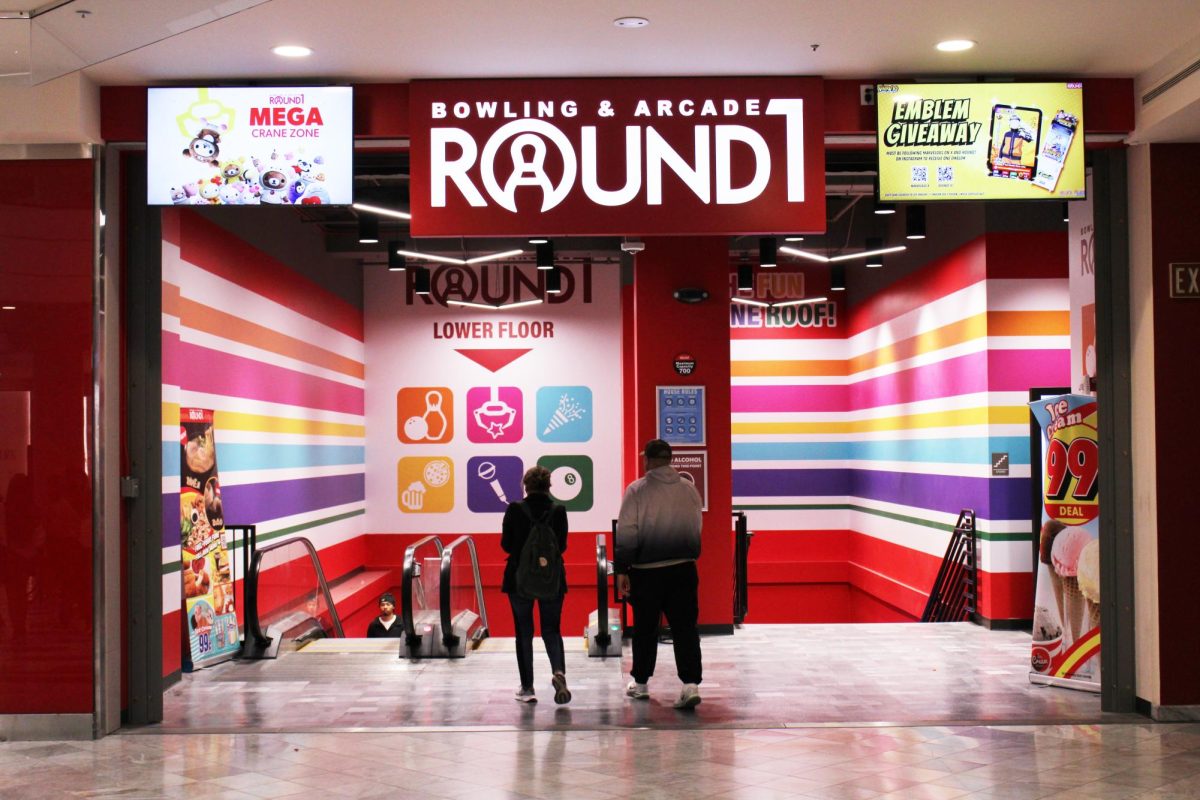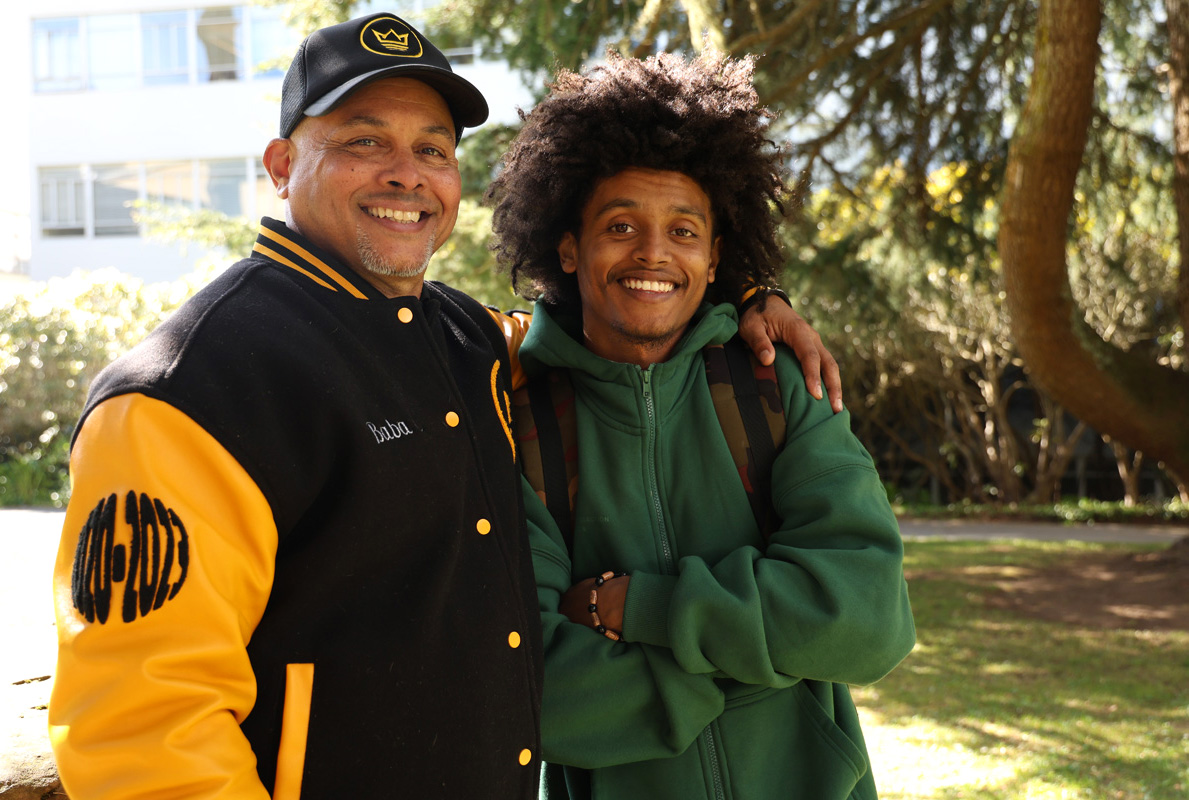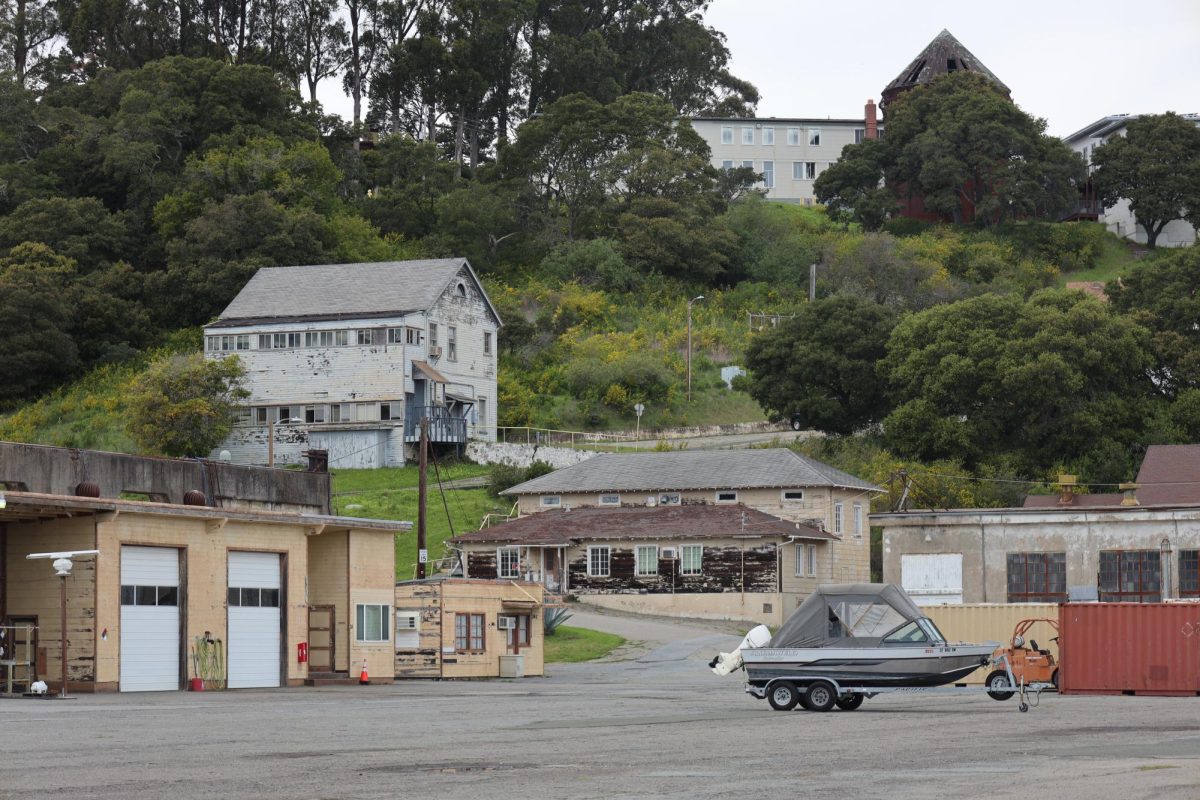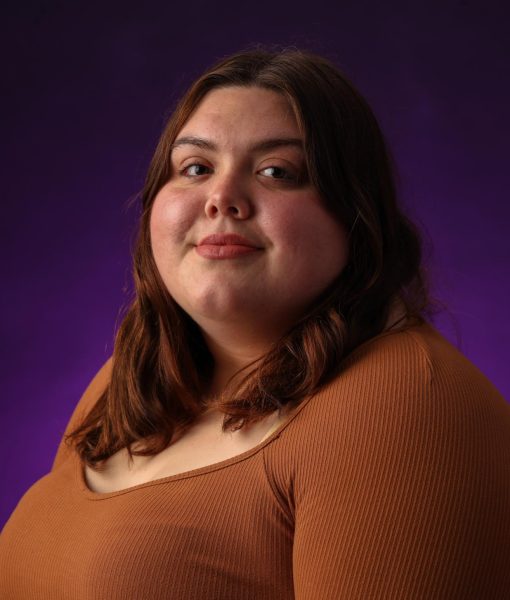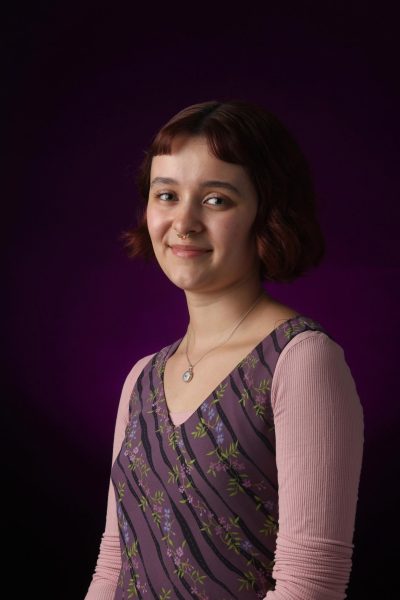On a sunny afternoon at Pier 39, a distinct fishy odor blows in the wind. Seagulls are chirping and then it’s heard –– that loud bark, a grunt, another bark and finally, a growl. It’s the California sea lion, and for 35 years, these marine mammals have found respite in San Francisco’s urbanized aquatic habitat.
Any day of the week, people can look up Pier 39 and watch the sea lions on a camera –– but the best experience is in person. The sea lions have a designated spot on the pier. The K-Dock has become infamous for spotting the sea lions. This year marks the 35th anniversary of the sea lions at Pier 39.
Sheila Chandor, the vice president of marina operations, has seen it all, as she has worked for the pier for 40 years. She explained they’ve always been here since they first decided to show up.
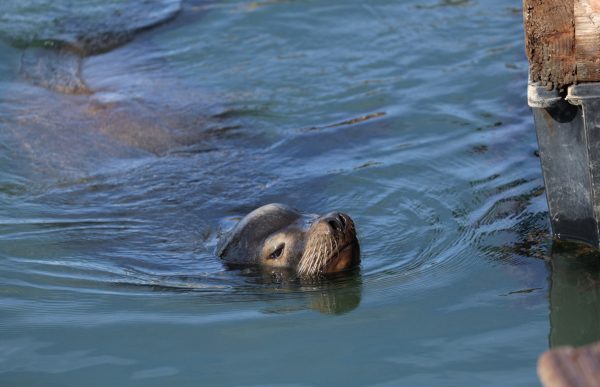
The sea lions originally appeared because there was a large herring population that appeared after the Loma Prieta earthquake in 1989. Mainly, the sea lions come for food, resting and basking in the Bay Area sun. They play and bicker with each other, but ultimately use Pier 39 as a home away from home. The most popular time to see these marine mammals are from late summer to early spring. According to the Pier 39 website, in June and July most of the sea lions head south to breeding ground on the Channel Islands.
Before 1995, the K-Dock was originally a place for boats in the marina to dock. The sea lions, however, decided to take over and make it their vacation home. The Marine Mammal Center was called in to assist with the situation. Ultimately, it was decided that the boats would be moved and the K-Dock would go to the sea lions. Pier 39 built twelve 10 x 12 floats on the water.
“One large adult holed out on K-Dock,” Chandor said. “Which at the time [we] didn’t think much about. What interested me was that attracted, in the end, after about two or three months, we had about 1,400 on our dock. It was an incredible sight. It was a sea of sea lions.”
Chandor noticed that nothing seemed to faze them. The pier has done construction work on the West Harbor, but the sea lions stay put. “They’re very adaptive and they’re very intelligent,” Chandor said. “They’re as intelligent as dogs, if not somewhat more so.”
According to Chandor, the best time to view the sea lions is in the late afternoon and early evening.
Adapting to an Urbanized Environment
Chandor’s interest in the sea lions also include their adaptation to an urban living environment. Dr. C. Sarah Cohen, a biology professor at SF State also noticed the sea lions adaptation to an urbanized marine environment.
“I think that they’re [sea lions] are important to Pier 39 because they draw people’s attention to the marine environment,” Cohen said. “It is a very human impacted way. The whole situation is driven by humans, the habitat, the fact [that] people are sort of interacting with them, and I hope people realize that. These are not marine mammals in the wild. There are impacts to being an urbanized estuary.”
Cohen explained that one of the factors she likes about sea lions is living and adapting to an urbanized estuary.
“What we risk losing or have already lost is that biodiversity in functioning of the food web that keeps our habitats healthy,” Cohen said.
The major cause for the sea lions at the pier is food. There are large fish populations for these marine mammals to hunt for.
“If we didn’t have a healthy bay, we wouldn’t have that many sea lions,” Chandor said. “It’s actually a testament to the San Francisco Bay Area that there’s still plenty of fish out there to keep them coming in.”
If the sea lions get a shark bite or an illness, the pier will report it to the Marine Mammal Center. According to Chandor, if a sea lion’s shark bite is small and not life threatening, the sea water does a lot of the healing.
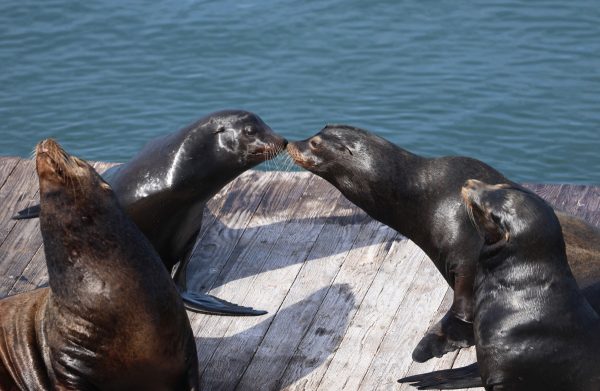
On average, the center picks up 2-5 sea lions from the pier yearly, according to Adam Ratner, the director of conservation engagement at The Marine Mammal Center. Pinger, a sea lion the Marine Mammal Center rescued from entanglement, was helped in 2023. After saving the marine mammal, Ratner said Pinger was spotted again at Pier 39 a few days later.
“It’s just so jarring, this direct human interaction,” Ratner said. “We know that eventually the animals will really suffer, so we want to try and get to them as soon as possible.”
There was fishing line tangled around Pinger’s neck that the center had to cut off. They used a safe sedative dart on Pinger in order to do surgery and remove this fishing line.
“That was a place he wanted to be, and we were able to get him back there in a way that he was healthy again,” Ratner said.
Ratner described the pier as a perfect “win-win” situation for tourists and the marine mammals.
Strength in Numbers
In 2024, Pier 39 saw one of the highest numbers of sea lions, according to Ratner. Last May there were around 2,000 sea lions on K-Dock.
“There are only two reasons sea lions are going to show up at Pier 39, food and rest/safety,” Ratner said.
The Marine Mammal Center is the first to be called if a sea lion needs medical attention; but according to Ratner, the sea lions down at the pier are relatively healthy and don’t need much assistance.
“Because [Pier 39] is so chaotic, there’s so many animals there, typically sick animals won’t choose to go there,” Ratner said.
Sage Cowit is an educator at the Aquarium at the Bay. Part of her job is teaching kids during school field trips. She also gives tours of the aquarium, which is located at Pier 39.
“[Sea lions] are an important predator in the area,” Cowit said. “They’re important for balancing the ecosystem and a lot of populations of animals. I also think that they’re just really amazing.”
Cowit said the kids are invested in learning about these marine mammals. She became an educator because she loves animals and teaching kids. Cowit teaches these classes once every two weeks, mainly in the spring.
“I like how excited they get, they get very excited,” Cowit said, in reference to the field trip groups she teaches. “I’m also always surprised by how many seem really invested in the part where we talk about microplastics. They actually seem excited about the ways they could potentially help the sea lions.”
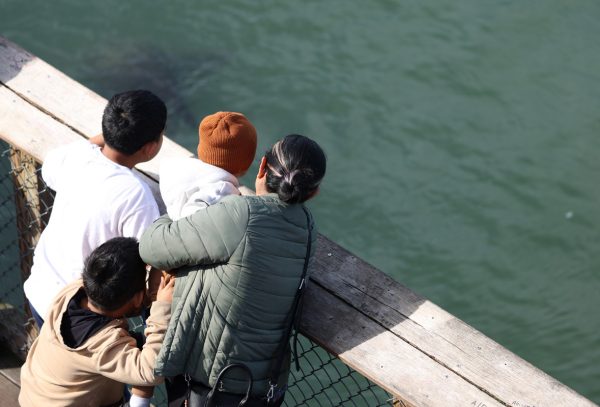
Tourism
Locals of California and people from all over the world come to visit these marine mammals. The sea lions at Pier 39 are a draw for many tourists. In fact, it’s become a SF staple. Oracle Parkis the home base for the San Francisco Giants baseball team, their mascot is Lou Seal.
“[The sea lions] rejuvenated and brought life to Pier 39 from a commercial standpoint, from a city standpoint,” Ratner said. “It’s now one of the most common tourist attractions in the entire country. It gives people this opportunity to connect with the wildlife and our ocean neighbors.”
Tourist Steven Smart from Scotland brought his family to Pier 39 during their vacation. His thirteen-month-old daughter was trying to imitate the sounds of the sea lions.
“I think anything we can do to protect any animal is fantastic,” Smart said. “It brings people to Pier 39 and they wanna come and you can hear them from when you’re walking down the strip.”
Smart and his wife have traveled to SF twice; the second time, they brought their two children. Smart said that it [SF] is just one of those cities that oozes culture and diversity.
A resident of San Jose, Nina Fleming, brought her children to view the sea lions during their spring break. She explained the commute was worth the trip. She wanted her kids to talk like the sea lions and have fun viewing wildlife out in the open. Fleming also likes to watch the sea lions hunt for fish.
“Just seeing how big they are and this is where they hang out is really cool,” Fleming said. “I know that because I’ve always used to come out here when I was a child.”
For most tourists, the Pier 39 sea lions are not something they see every day. Fleming believes the environment for the sea lions is important so generations of people can come to visit these special marine mammals.
“That’s amazing!” Fleming exclaimed upon hearing about the 35th anniversary. “Thirty-five years, I’m 43. I’ve been coming here since I was a little girl, so that’s amazing. I love that.”



